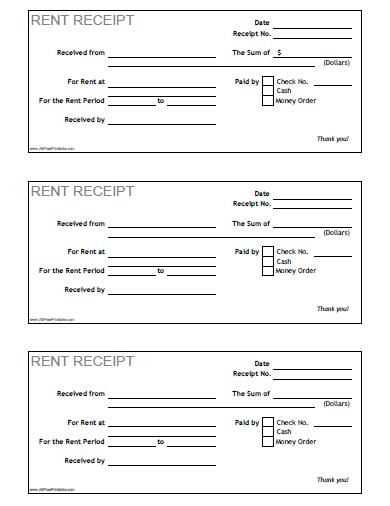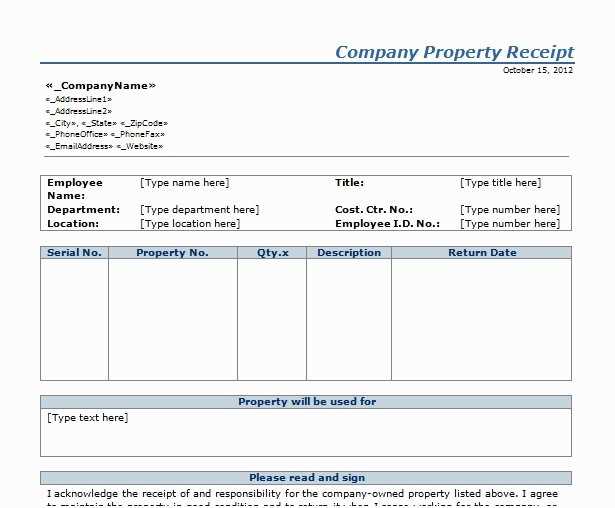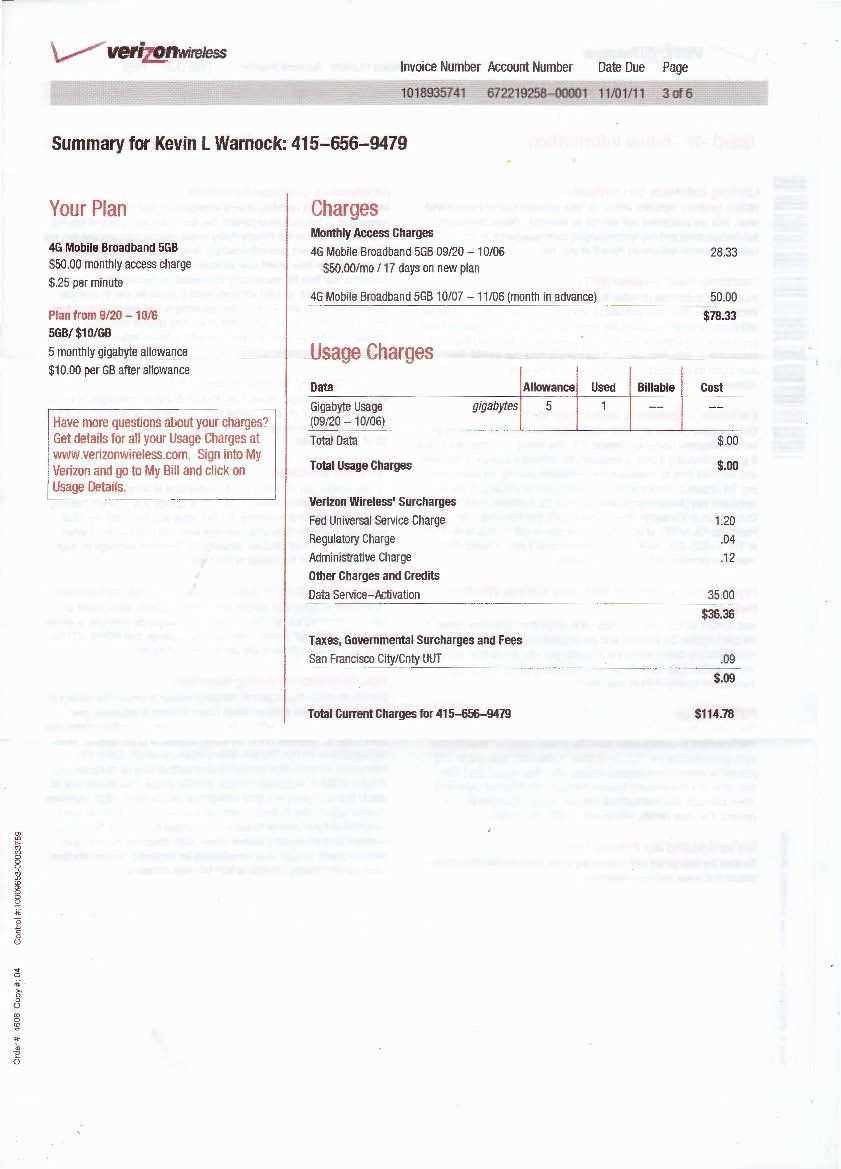
Creating a clear and organized online order receipt is a must for maintaining smooth transactions with your customers. A well-structured template helps both the customer and the business track orders with ease. The receipt should include key information such as the order number, items purchased, prices, shipping details, and any applicable taxes or discounts.
The order number should be prominently displayed at the top of the receipt for easy reference. Include product details like names, quantities, unit prices, and totals. Don’t forget to list the shipping address and payment method clearly. It’s a good practice to summarize the final amount, including any taxes or additional fees.
Ensure that the date of the order and expected delivery date are included, so customers are informed about the timeline. Adding contact information for customer support can also be helpful in case of any issues or questions regarding the order.
Template for Online Order Receipt

Start your online order receipt template by including the order number at the top, followed by the customer’s name and email address for easy reference. Ensure that the transaction date and time are clearly displayed to avoid confusion later.
Provide a detailed breakdown of the purchased items. For each item, include the product name, quantity, unit price, and total price. This transparency ensures customers can verify what they ordered without any hassle.
Include tax details next, outlining the applicable tax rates and the total tax amount. This gives clarity on how the final price is calculated.
Finally, list the total amount due, and if applicable, any discounts or promotional codes applied to the order. Also, provide a section for shipping information, including the shipping method and expected delivery time.
Make sure your contact information is at the bottom of the receipt so customers can easily reach out if there are any issues or questions about their order.
Creating a Customizable Template for E-commerce Receipts
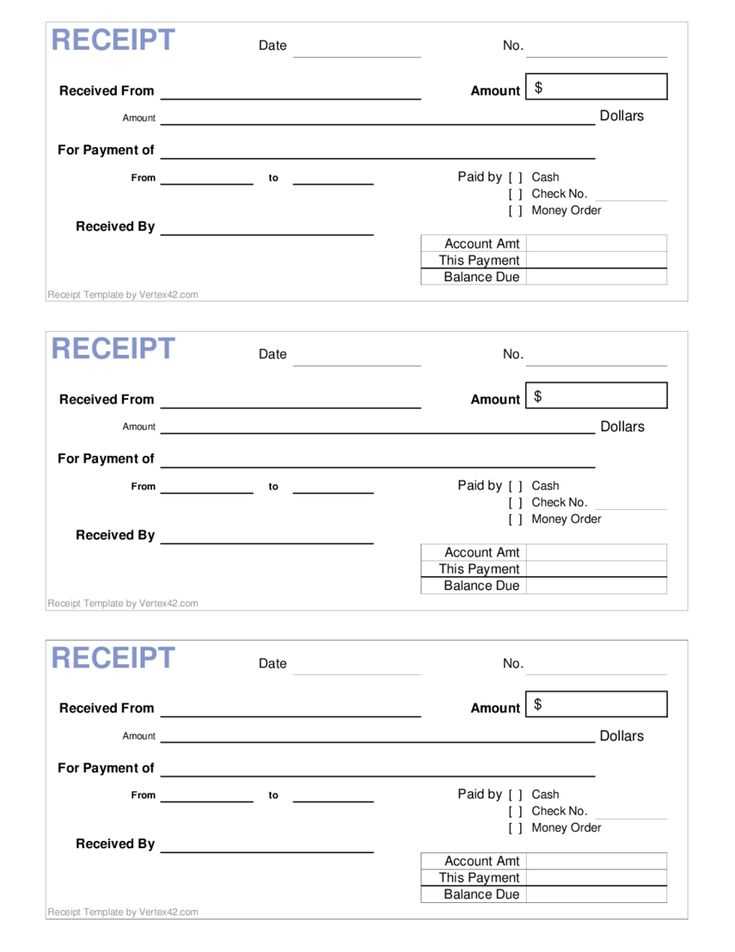
Design a receipt template that aligns with your brand’s identity and enhances the customer experience. Begin by structuring the receipt into distinct sections: business information, order details, and payment summary. Each section should be clearly defined to ensure readability. Use tables for easy formatting of product names, quantities, and prices, and consider offering customers an itemized breakdown of their purchase.
Customize the header with your logo and contact information. This reinforces brand visibility and provides essential details for customers to reach out with questions. Choose a clean, legible font for easy reading, and avoid cluttering the receipt with unnecessary information.
For the order section, display the product names, quantities, unit prices, and total cost in a clear layout. Adding a brief description for each item can enhance clarity. Make use of dynamic fields that automatically populate based on the order data, such as customer name, shipping address, and payment method.
Include a payment summary at the end of the receipt, detailing the subtotal, taxes, and shipping fees. Display any applied discounts or promotional codes for transparency. Make sure to include a clear total amount due, and if applicable, show the payment method used.
Finally, offer space for additional customer service information, such as return policies, warranty details, or customer support contact. This could be a small footer at the bottom of the receipt, ensuring the customer has all necessary information without overwhelming the main content.
By building a customizable template with these elements, you create a streamlined, professional receipt that not only serves its purpose but also strengthens customer trust in your brand.
Incorporating Payment and Shipping Details in the Receipt Layout
Include the payment and shipping information in clear, easy-to-read sections. Start by displaying the payment method and transaction status, followed by shipping details like the delivery address and estimated arrival date. This structured approach ensures customers can quickly find what they need, reducing confusion and enhancing their overall experience.
Payment Information
List the payment method used, such as credit card, PayPal, or bank transfer. Specify the transaction amount, any applied taxes or discounts, and the final total. For transparency, also include the transaction ID and any associated order references to make it easy for customers to track their payments.
Shipping Details
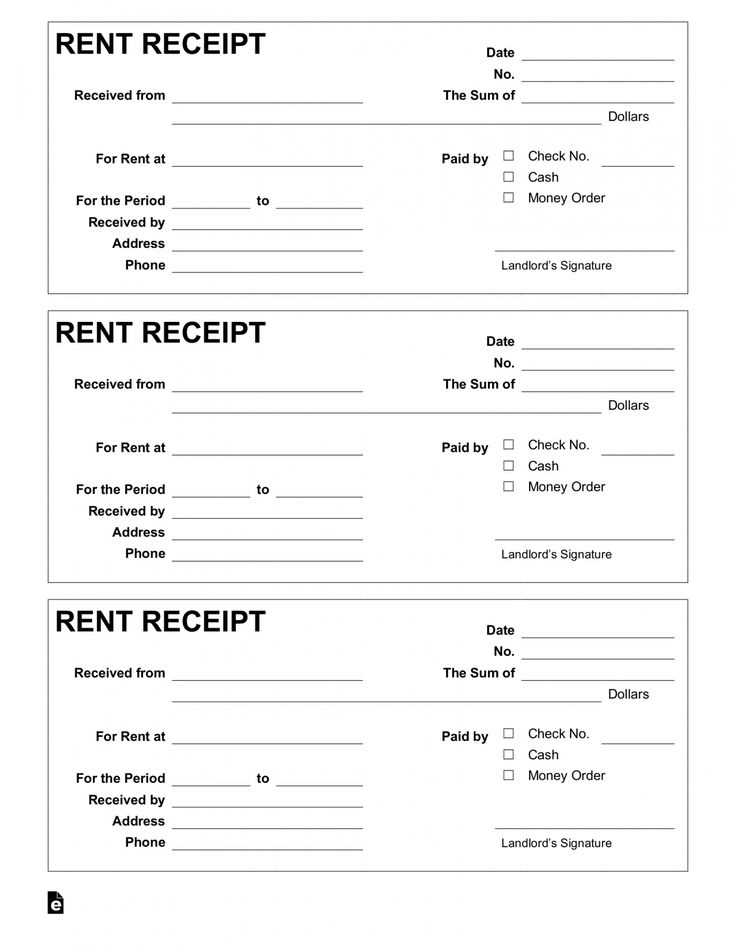
Clearly state the shipping address, including the recipient’s name, street address, city, state, and postal code. Mention the shipping method chosen and provide an estimated delivery date. If applicable, include tracking information and a link to track the shipment directly from the receipt.
Ensuring Legal Compliance and Clear Return Policy on Receipts

Include the required legal information on receipts to meet regulatory standards and avoid potential issues. This typically includes the business name, address, and tax identification number. Verify that your receipt template complies with local laws, especially for specific industries or product types.
- Clearly state the return policy, including time frames, conditions, and any exclusions, so customers know what to expect.
- Provide detailed information on how returns or exchanges can be processed, listing any required documentation or conditions for eligibility.
- If applicable, outline whether restocking fees or other charges will apply and in what circumstances.
Always ensure the return policy is written in straightforward language, avoiding ambiguity. Display it in a location where customers can easily access it, both at the time of purchase and on the receipt itself. Make sure that the return policy is updated regularly to reflect any changes in your business practices or legal requirements.
Remember, compliance with consumer protection laws is mandatory, and a well-defined return policy can help reduce disputes and enhance customer satisfaction.
